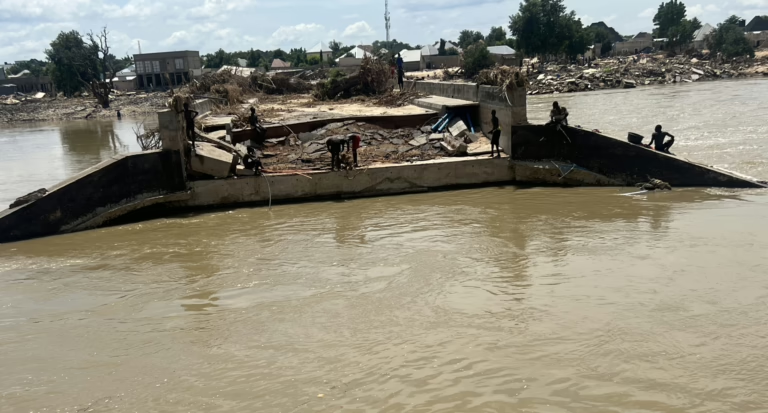EDITORIAL: Strategies to Prevent Future Deadly Flooding in Nigeria
Understanding the Root Causes of Flood Disasters
The catastrophic flooding that struck Mokwa in June was largely a consequence of widespread neglect of environmental safeguards and the failure to comply with established safety measures. Such disasters are not isolated incidents but rather symptoms of systemic issues including unchecked urban expansion, deforestation, and poor waste management.
The Role of Environmental Degradation in Flood Risks
Environmental degradation, such as the destruction of wetlands and riverbanks, significantly exacerbates flood vulnerability. For instance, recent studies indicate that Nigeria loses approximately 350,000 hectares of forest annually, which diminishes natural water absorption and increases runoff. This loss of natural barriers intensifies the impact of heavy rains, turning them into deadly floods.
Enforcing Safety Protocols: A Critical Step Forward
Strict adherence to safety regulations, including proper urban planning and construction standards, is essential to mitigate flood risks. Unfortunately, many developments in flood-prone areas proceed without adequate oversight, leading to increased exposure of communities to flood hazards. Implementing rigorous inspection regimes and penalizing violations can significantly reduce such risks.
Community Engagement and Early Warning Systems
Empowering local communities through education and early warning mechanisms is vital. For example, the deployment of real-time flood monitoring technologies in Lagos has improved preparedness and response times, saving lives and property. Expanding such initiatives nationwide can enhance resilience against future flooding events.
Looking Ahead: Sustainable Solutions for Flood Prevention
Addressing the imminent threat of flooding requires a multifaceted approach that combines environmental restoration, policy enforcement, and community involvement. Reforestation projects, improved drainage infrastructure, and climate-adaptive urban designs are among the strategies that can help Nigeria reduce the frequency and severity of flood disasters.
By prioritizing these measures, Nigeria can break the cycle of recurring floods and protect its citizens from the devastating consequences of environmental neglect and regulatory lapses.























0 Comments